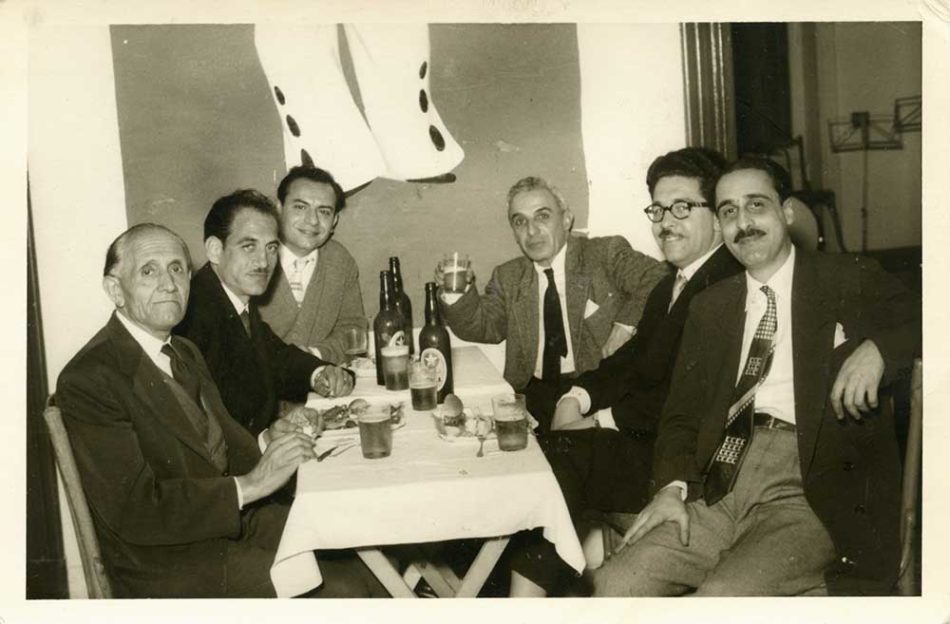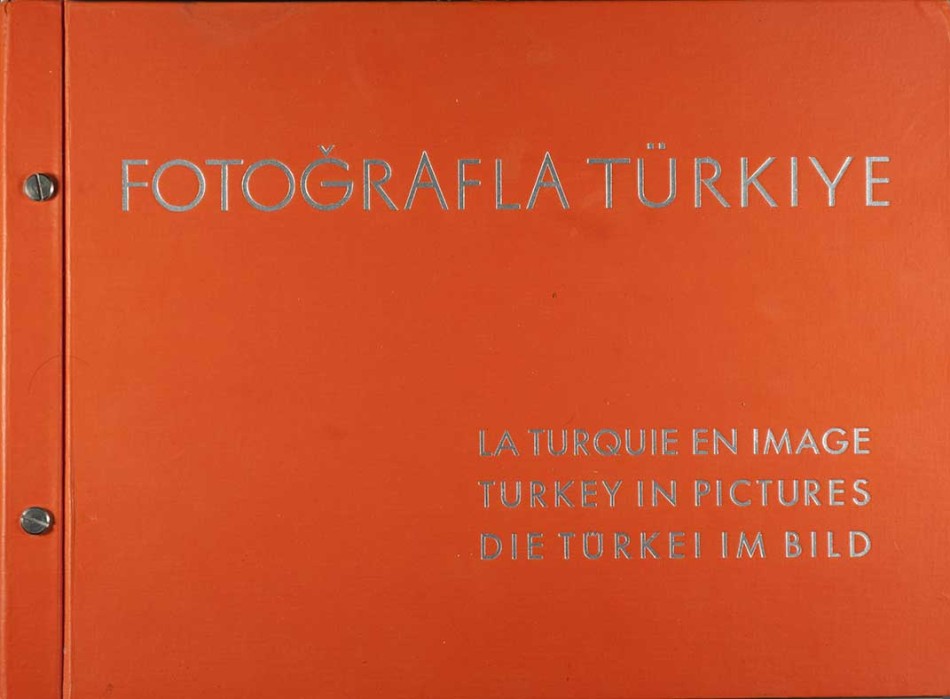Egypt’s Stella Beer: Celebrating 120 Years (1897 – 2017)

Beer was first brewed by the Sumerians in Mesopotamia and the Pharaohs in ancient Egypt nearly 6,000 years ago. Sumerian beer was a porridge-like concoction that had to be sipped with a straw to avoid consuming the floating bits of grain. In fact, it is believed that the Sumerians invented the straw for the very purpose of drinking this dense beer. On the other hand, the beer produced in ancient Egypt was far more refined, lighter in color, smoother, and closer to what we drink today. Modern brewing began at the end of the nineteenth century when foreign entrepreneurs had a vision to make Egypt a beer producing country once again. On Stella's 120th anniversary, let’s celebrate the Pharaohs for introducing fine lager to the world. On May 15 1897, Belgian investors opened Crown Brewery, Egypt’s first brewery, in the Ibrahimieh district of Alexandria. Up until then Egypt’s growing expatriate community had depended on imported beer, most notably Guinness, Tennent’s, and Becks to quench [Read more...]







